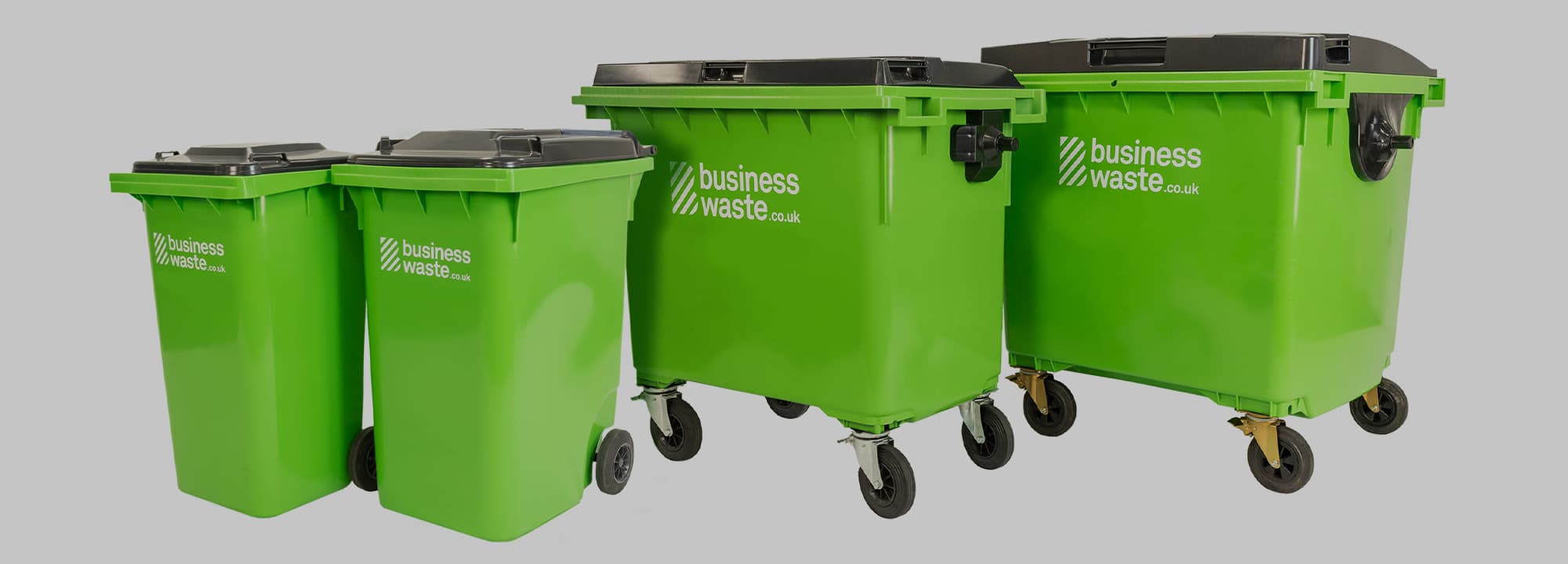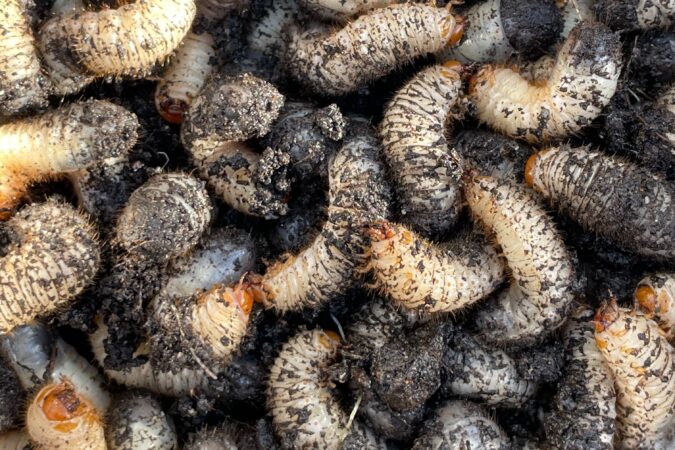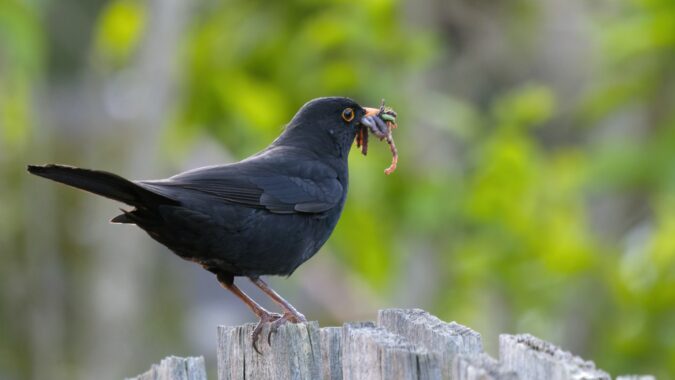Prepare Your Business for New Food Waste Legislation in the UK
From 31 March 2025, most UK businesses must arrange separate food waste collections. Learn and prepare for the new food waste legislation in the UK.

Getting rid of maggots in a wheelie bin is a common challenge for homeowners and businesses. Seeing these little white worm-like creatures isn’t fun when filling your bin or for those emptying it. It’s best to take steps to prevent maggots appearing in your wheelie bins but if they’ve already made it their home there are ways to get rid of them.
Maggots are fly larvae with the most common species those from houseflies or bluebottles. They’re small, white, cream, or light brown, and look like little worms. While maggots are harmless and there’s no evidence that they pose a health risk to humans, they can spread disease and it’s not pleasant to open a bin full of maggots wriggling around.
Find out why maggots might be in your bins, how to get rid of maggots in your wheelie bin, and ways to prevent them from coming back with our help.
Get a fast FREE quote for wheelie bin delivery and collection
Rotting food and waste is a beacon for flies. If just one fly gets into your bin, feasts on the waste, and lays its eggs, this can introduce many maggots into the bin once the eggs hatch. The average female fly lays around 1,000 eggs in its lifetime, so you can soon have an infestation in your bin.
Places that offer the best chances of survival for maggots attract flies as a good location to lay their eggs. Large clusters of food sources, like decomposing organic matter found in most general waste and food waste bins are ideal. Maggots feed on this for a few days before turning into flies and laying their own eggs.
It can be a repetitive cycle if you don’t take action to remove maggots from your wheelie bin – as each maggot feasts, pupates, lays eggs, and the cycle repeats. When it’s warmer waste rots faster in the heat, which attracts more flies as the conditions for survival and feasting are even better.

It doesn’t take long for maggots to appear in a wheelie bin, as the eggs can hatch within 24 hours and the maggots come out. The maggots then spend about five days eating (feasting on the waste in your bin), preparing to pupate. This is the process when they develop a hard shell and turn into a fly.
If you don’t check your bin regularly then an infestation of maggots can soon appear. Maggots start eating from the minute their eggs hatch. As flies can lay many eggs at the same time that’s why you often find huge numbers of maggots in the same place all feasting together.
Killing maggots in a bin is the most effective way to get rid of them and reduce the chance of more appearing. There are various options to kill maggots in a wheelie bin that don’t require special equipment. Some of the best ways to kill maggots in a bin include to:

After getting rid of maggots from a bin you won’t want them to return and have to go through the whole killing process again. Or if you’re lucky enough to never have had these little larvae visitors in your wheelie bin you’ll want to keep it that way. Preventative action can help.
These are a few ways how to keep maggots out of a bin:
Reduce the chance of maggots in your wheelie bins with Business Waste. We provide free wheelie bins to separate and store many waste types – from general waste and food waste to recyclables such as glass, plastic, paper, cardboard, and dry mixed recycling. There are no rental charges for the bins, you only pay for collection.
Wheelie bin collections are available anywhere in the UK on a daily, weekly, or fortnightly schedule. Various sizes are available and licensed waste carriers remove them to ensure responsible recycling and disposal, avoiding any waste going to landfill. We provide clean wheelie bins that should minimise the chance of maggots making them their home.
Get a free no obligation quote for wheelie bins and commercial waste collection in the UK today – contact us online or call 0800 211 8390.
Get a fast FREE quote for your wheelie bins
From 31 March 2025, most UK businesses must arrange separate food waste collections. Learn and prepare for the new food waste legislation in the UK.
The study participants included business owners and company employees, revealing unexpected findings about corporate environmental practices.